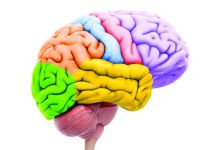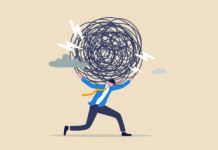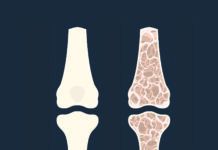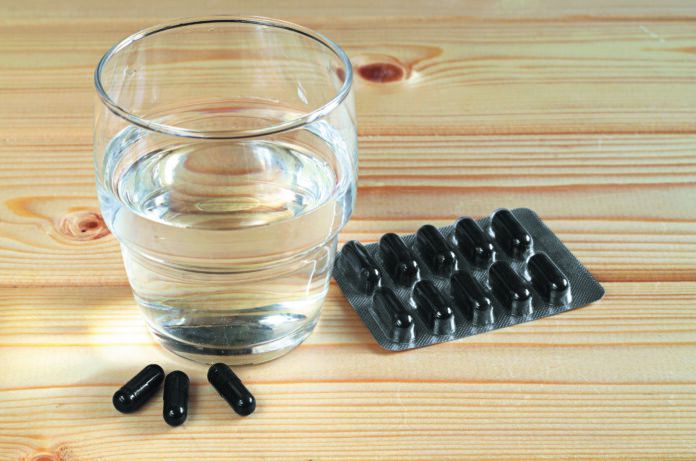Activated Charcoal . . . Oatmeal vs. Oat Bran
Q: A friend is encouraging me to take activated charcoal capsules. Is this a good idea? How can it help my health?
A: Alicia Romano, MS, RD, a clinical dietitian at Tufts Medical Center, answers: “Let me start by saying that activated charcoal is not what you buy in briquettes for your backyard grill. Those can contain toxic substances and should not be ingested. Activated charcoal has been processed to change its internal structure, creating more air pockets (pores). The resulting black, odorless, flavorless powder can be purchased as a powder or encapsulated.
“There are many health claims made for activated charcoal, although most of them have not been substantiated. It is used primarily in medical settings to treat drug overdoses or accidental ingestion of poisons. Toxins and chemicals essentially get trapped in the pores of the activated charcoal as it passes, undigested, through the gut. This medical use may be behind the idea that taking activated charcoal will help the body’s natural detoxification system, but there is little or no research to suggest this is the case—and no reason to believe the body’s system needs any help doing its job.
“Activated charcoal has been suggested as a remedy for flatulence, since it is thought that gases can be trapped in the pores and removed from the body. Additionally, some research has suggested taking activated charcoal may help reduce total and LDL cholesterol levels, but results have been overwhelmingly negative.
“It’s important to understand that activated charcoal supplements are not currently recommended by any established governmental, medical, or scientific body, and there is no conclusive evidence that taking them is beneficial.”
Q: Is there a nutritional difference between oatmeal and oat bran?
A:Judith C. Thalheimer, RD, LDN, managing editor of Tufts Health & Nutrition Letter,

answers: “An oat grain has an inedible outer hull covering an inner groat essentially made up of a starchy center wrapped in bran. Oatmeal is the entire groat, including the bran. The bran can be removed and cooked into a hot porridge, added to baked goods, sprinkled over foods, or processed into breakfast cereal ‘flakes.’
“The biggest difference between the two, nutritionally, is the fiber. While there are a number of ways to classify fiber, it is common to think of fiber as soluble (dissolves in water) or insoluble (does not dissolve in water). Consuming soluble fiber (found in both oatmeal and oat bran) may help reduce LDL cholesterol levels to a small extent. Insoluble fiber feeds the health-promoting microbes that live in our guts. Both types help with regularity and may contribute to feeling full longer.
“In all grains, bran contains insoluble fiber. While oatmeal is about 12 percent bran, oat bran is 100 percent bran. This means oat bran contains more fiber than the same amount of oatmeal.
“While there are some minor differences in vitamin and mineral content, both oatmeal and oat bran are healthy choices. If you like them sweet, try adding some chopped dried fruit or frozen berries before cooking, or top your porridge with fresh chopped or grated fruit (or thawed frozen) and perhaps a dash of cinnamon and maybe a dollop of plain Greek yogurt from creaminess. Porridge made from either oatmeal or oat bran is also delicious as a savory dish, topped with sauteed mushrooms, a sprinkling of cheese, or a fried egg.”
Susan B. Roberts, PhD, is senior scientist for the Energy Metabolism Team at the Jean Mayer USDA Human Nutrition Research Center on Aging and a professor of nutrition at Tufts University. She is also a professor of psychiatry and scientific staff member in pediatrics at Tufts University School of Medicine.
























